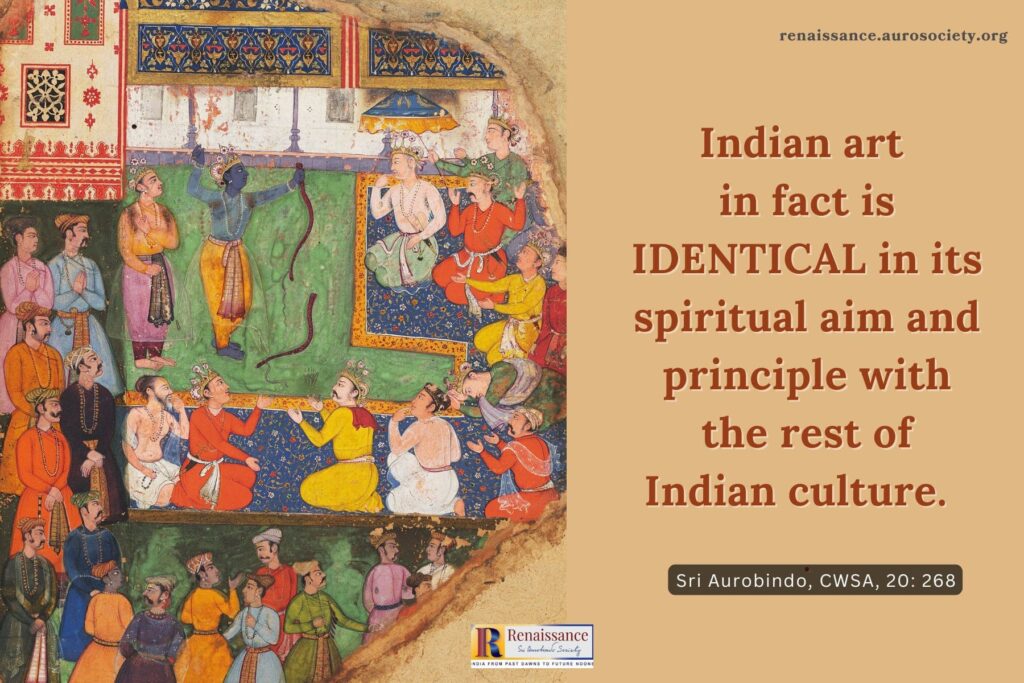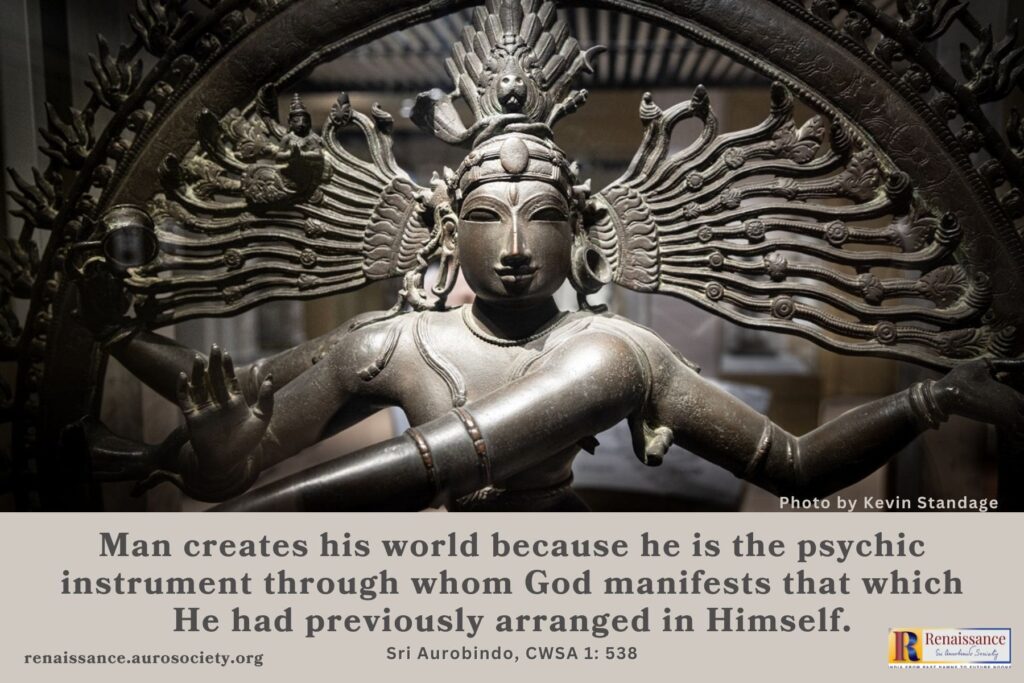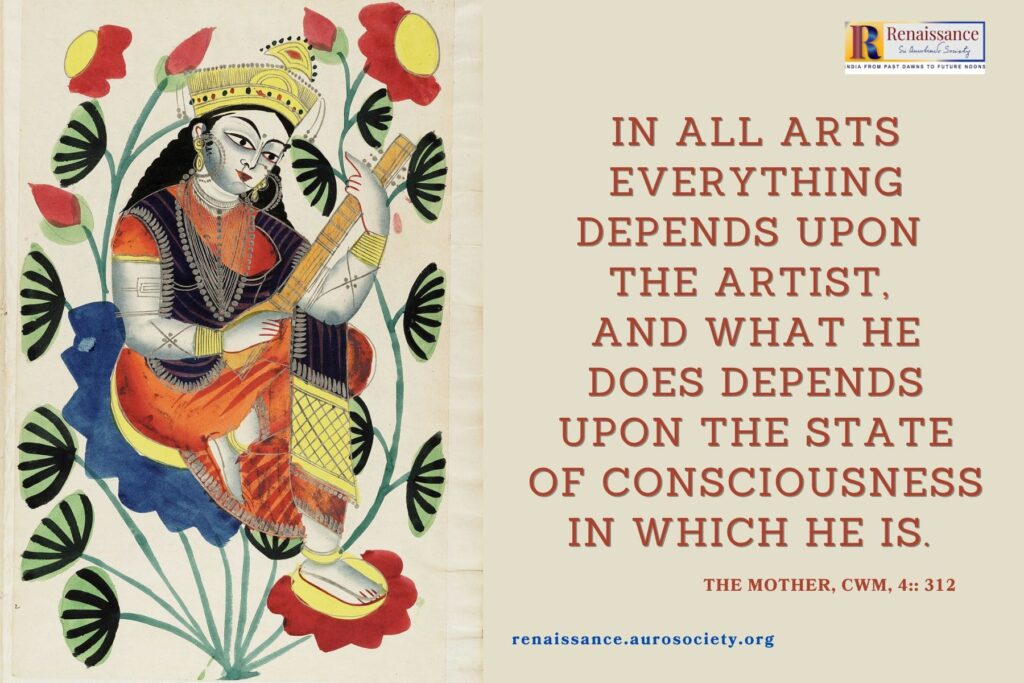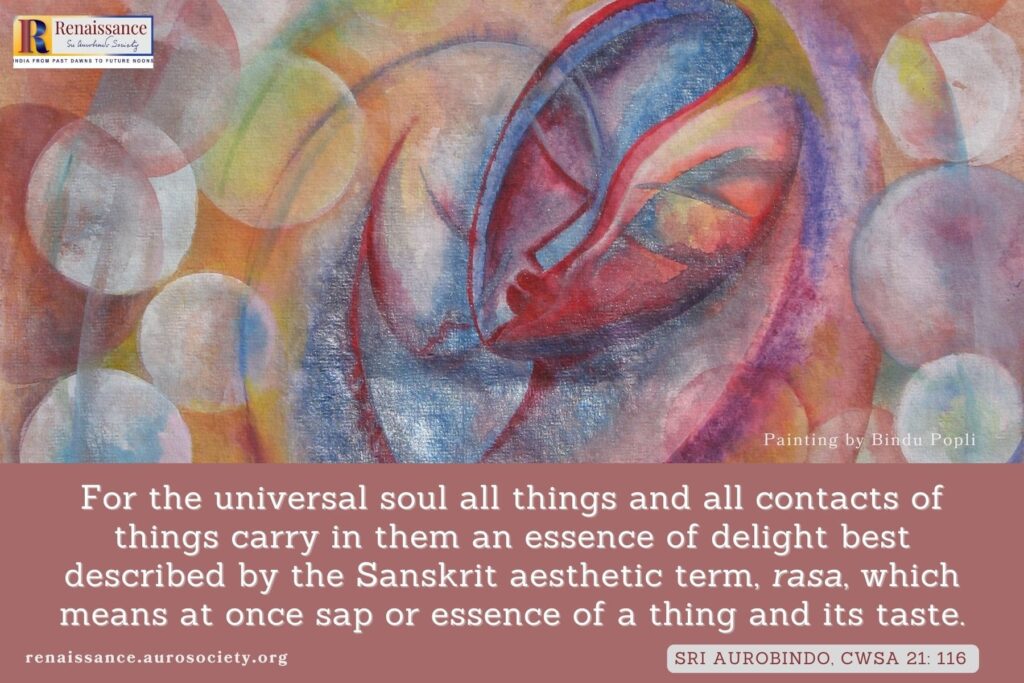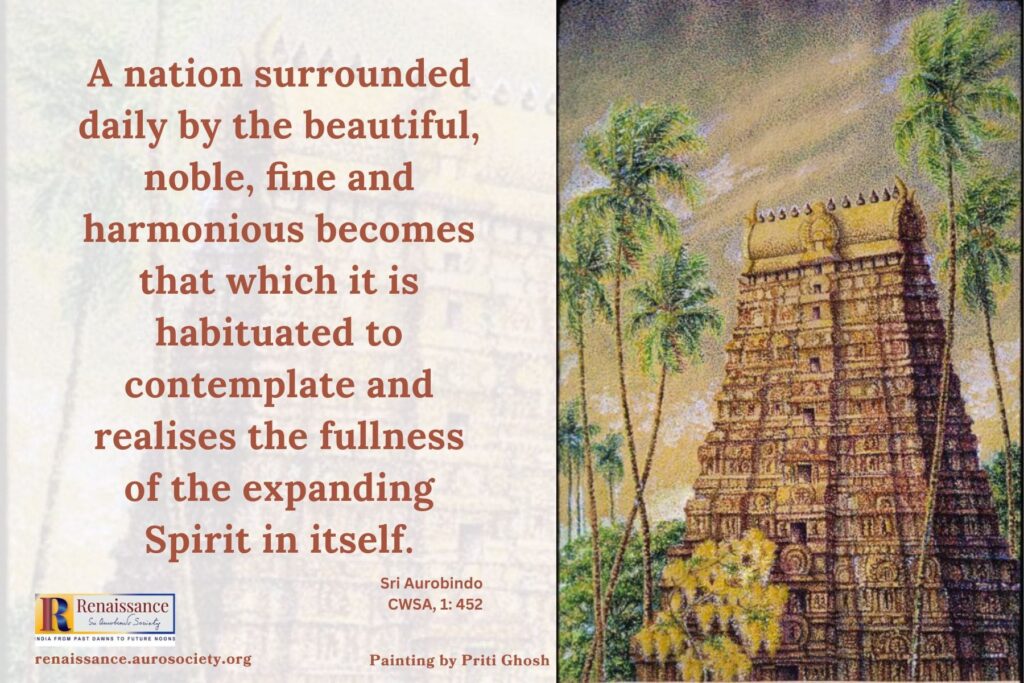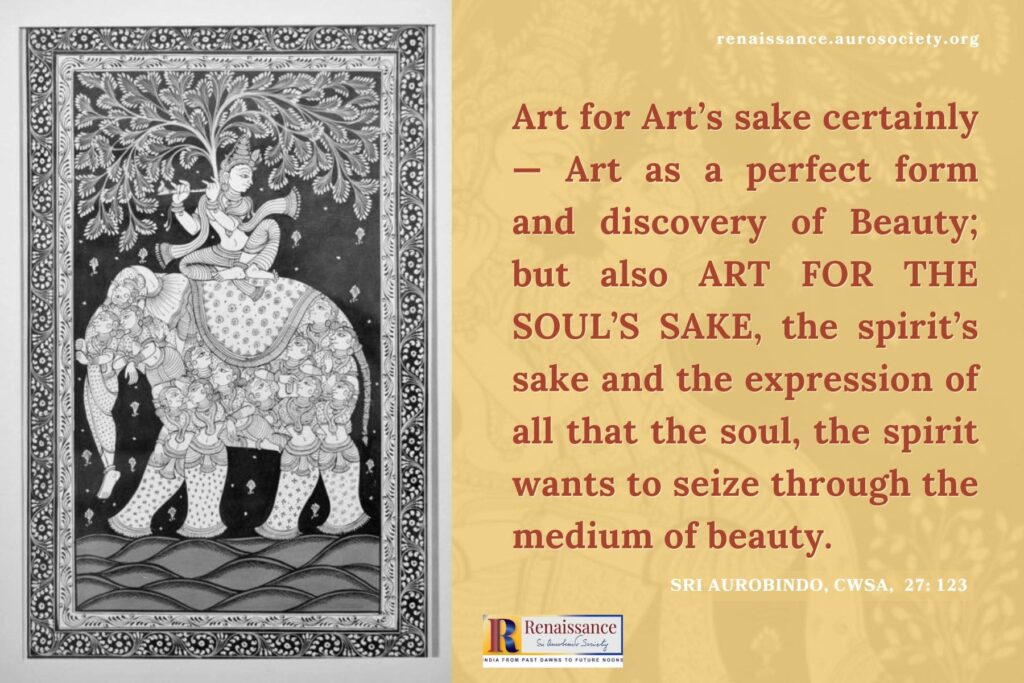The Great Impersonal Creators and Their Living Creations
Find out what makes one a “true creator” whose living creations withstand the test of time, and explore the relation of Art and Yoga.
The Great Impersonal Creators and Their Living Creations Read More »


